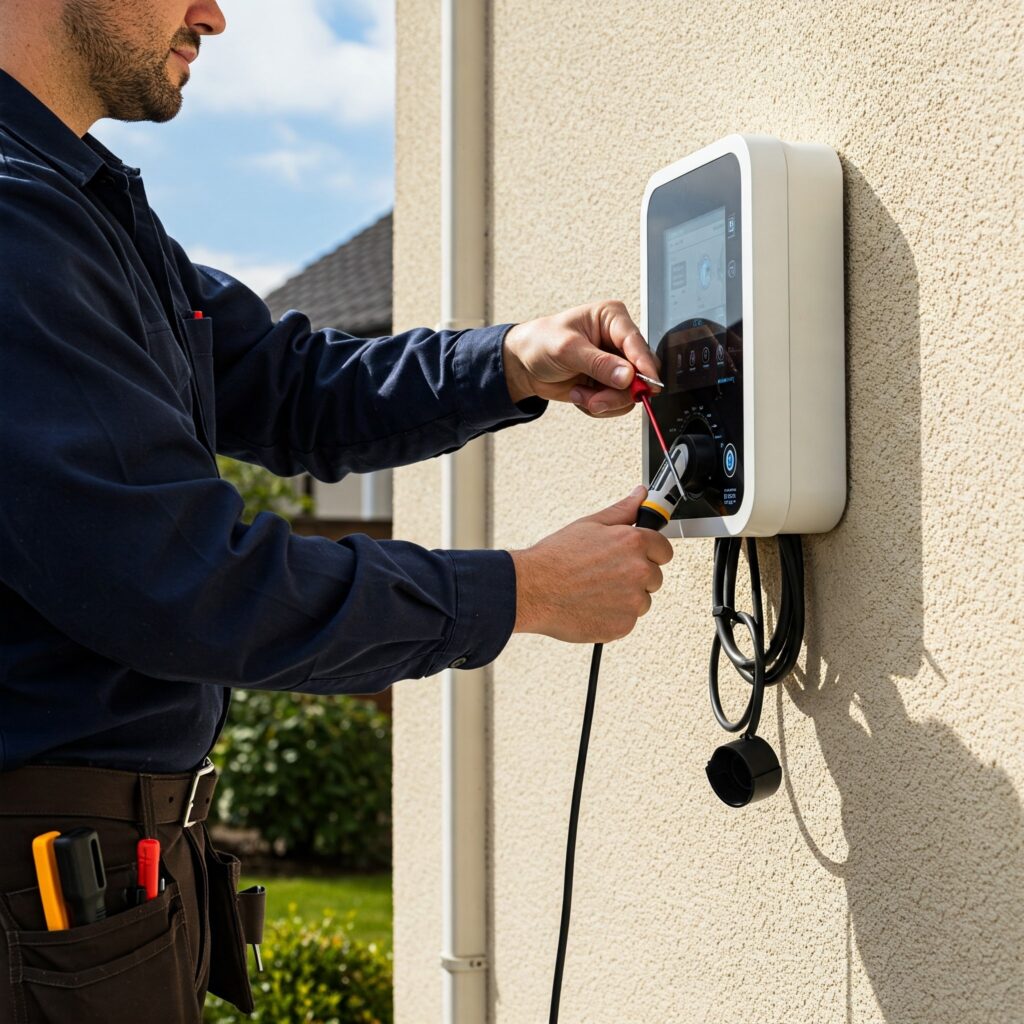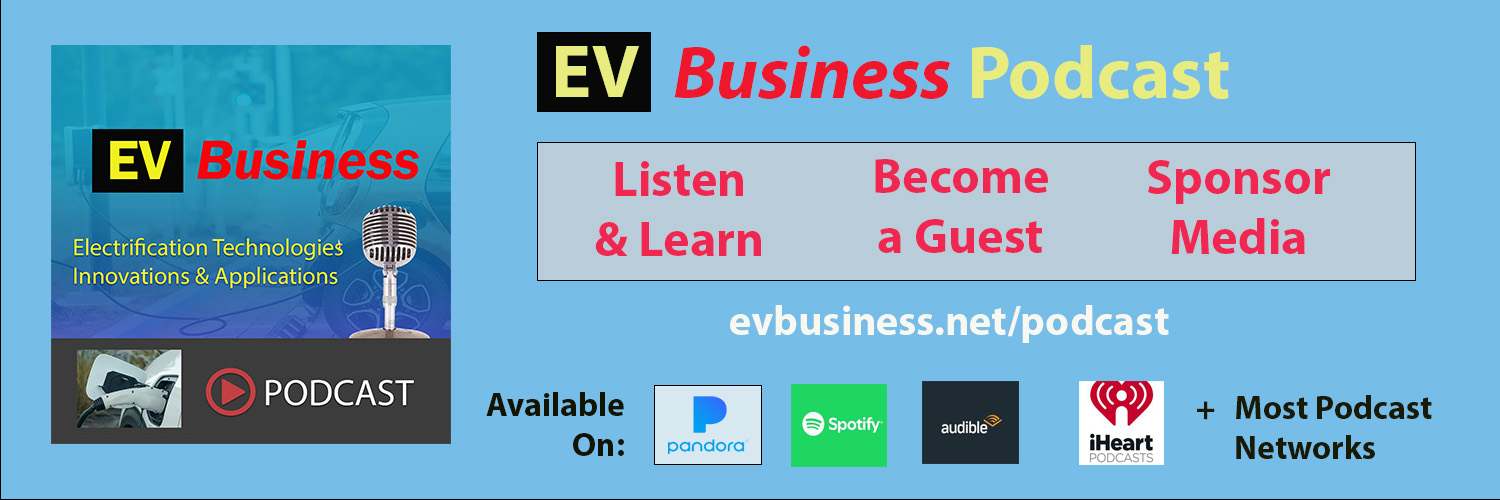by: Lawrence Harte
As electric vehicle adoption continues to surge, home EV chargers have become a standard addition to residential electrical systems. However, installing an EV charger is only part of the job—proper programming ensures safety, cost efficiency, and compatibility with smart home systems. Electricians and homeowners alike must understand the functional programming requirements that modern chargers support and require. From load management to connectivity and scheduling, this article explores the key factors in successfully programming a home EV charger.
Default Settings
Every charger ships with default settings for charging rate, auto-start, and timeout periods. Electricians should review these during installation and adjust them based on homeowner preferences, circuit capacity, and local codes.
Scheduling and Smart Charging
Programming Charging Schedules
One of the most valuable features of a programmable charger is scheduled charging. Electricians are often asked how to set a charger to run only during off-peak hours to reduce electricity costs. Most chargers offer scheduling through a mobile app or web portal, allowing users to align charging times with time-of-use (TOU) utility rates. This requires access to a stable internet connection and a synced clock on the charger or app interface.
EV Charger Mobile Apps
Nearly all smart chargers today require an app for setup and configuration. This app is used to initiate Wi-Fi setup, define user preferences, update firmware, and enable remote control. Each brand (e.g., ChargePoint, Enel X, Tesla Wall Connector Gen 3) has its own app, so electricians must be familiar with app-based setup and inform homeowners on its use.
Electrical Load Management
Adjusting Amperage and Current Limits
Installers frequently need to adjust the charger’s output to match the breaker rating and ensure safe operation. For example, a 40-amp output should be used on a 50-amp circuit. Most chargers allow current adjustments during setup via the app or onboard dip switches. This prevents breaker trips and aligns with NEC code compliance.
Integrating with a Home Energy Management System (HEMS)
Advanced EV chargers can integrate with solar panels, battery storage systems, and smart panels like SPAN or Sense. Through HEMS integration, charging can be paused or adjusted based on household load or solar availability. Electricians need to know whether the charger supports open standards like Open Charge Point Protocol (OCPP) or Application Program Interface (API) access for third-party control.
Connectivity and Access Control
Setting User Access Controls
Homeowners may want to restrict charger use to family members or tenants. Some chargers offer PIN codes, RFID badge access, or app-based user management. Installers should enable and configure these settings to avoid unauthorized use or energy theft.
EV Charger Internet Connectivity Requirements
For full functionality—remote control, tracking, scheduling—chargers require a stable internet connection, typically Wi-Fi. In garages with poor connectivity, electricians should plan to extend Wi-Fi or install an Ethernet connection. Some models support cellular connections, often at additional cost.
Maintenance, Updates, and Data Use
EV Charger Levels
Level 2 chargers that are hardwired offer greater flexibility in programming and control compared to plug-in models. Hardwired units often support higher amperage, advanced scheduling, and integration with smart systems.
EV Charger Firmware Updates
Remote firmware updates are common in newer models and typically handled via the companion app. Installers should verify if the model supports automatic or manual updates and explain the update process to homeowners for future compatibility and security.
Data Tracking and Charging Logs
Many homeowners and fleet managers want to monitor charging sessions, energy use, and cost. This can be enabled in the app settings, often with exportable reports. Electricians should demonstrate how to access usage history and integrate with platforms like Google Home or Alexa if supported.
Installation Recommendations
– Set maximum amperage during installation.
– Always configure charging schedules to reduce costs.
– Ensure proper connectivity for remote access and updates.
– Walk the homeowner through app setup and safety features.


